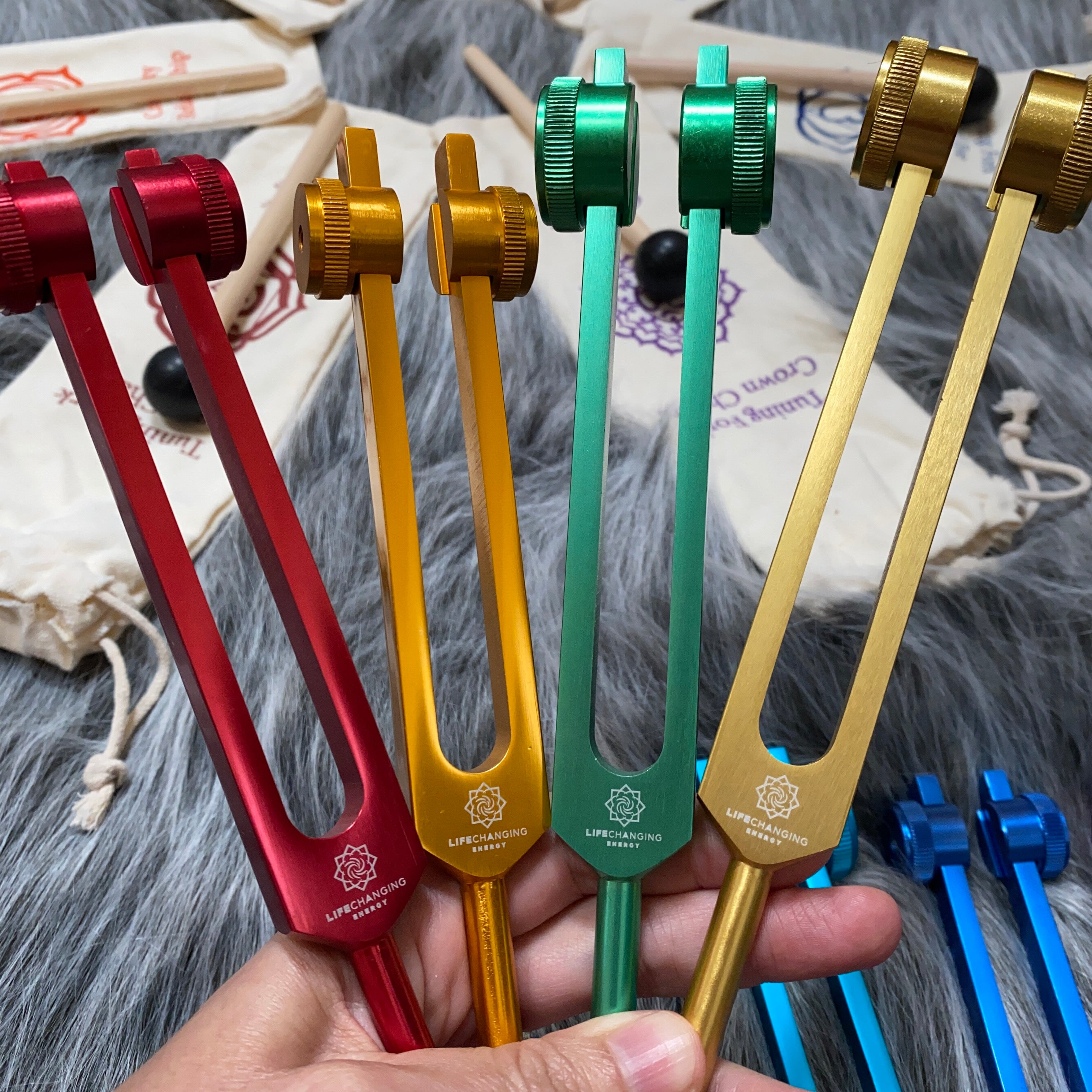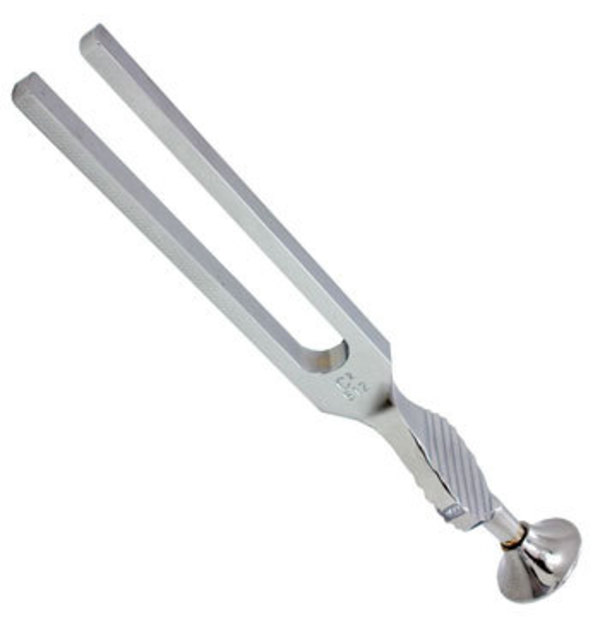


Testinde gözlenen hava-kemik aralıklarını tespit etme başarıları hakkında Ancak, diyapozon testlerinin saf ses odyometri Önce işitmesinin değerlendirilmesinde hekimler tarafından hâlen ÖZET Amaç: Diyapozonlar, hastaların odyoloji birimlerine yönlendirilmeden Keywords: Acoustics bone conduction conductive hearing loss If the use of the Rinne test for case selection for stapes surgery is recommended, following the classic recommendations for TF use (PBS-PA) appears to be important. That difference could result in a negative Rinne test, even if the air-bone gap on the audiogram is not much larger. No difference was found in fundamental frequency decay time for C2-TF between PE and PA placement, while fundamental frequency decay time for C3-TF was statistically longer in PA placement.Ĭonclusion: This study shows that placing the TFs against the ear at a PE angle shortens the sound duration. The difference between placements for C2-TF was statistically significant.

Further, it was found that fundamental frequencies with PA placement were higher than those with PE placement. Results: Although fundamental frequency was not statistically different between PBS and PwF, decay time of C2-TF was significantly longer by PwF (70,94 s) than by PBS (67,42 s). Fundamental frequency and first and second overtones and their decay times were analyzed. After being struck, the TFs have held 3 cm away from a microphone in parallel (PA) and perpendicular (PE) placement. Material and Methods: C2- and C3-TFs were tuned by 15 physicians by both pisiform bone strike (PBS) and pinch with fingers (PwF). Therefore, the aim of this study was to compare striking styles and placement angles of TFs. It is possible that differences in striking and holding styles might have an effect on this discrepancy. However, there have been some controversial data about the accuracy of TF tests in relation to the air-bone gap in pure tone testing. Objective: Tuning forks (TFs) are still a valuable tool for physicians to evaluate the hearing of subjects before referring for audiological assessment.


 0 kommentar(er)
0 kommentar(er)
